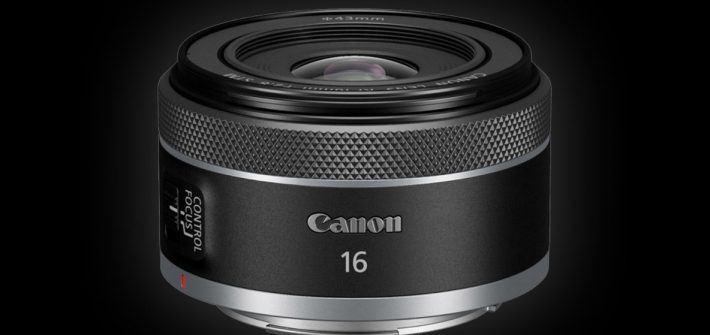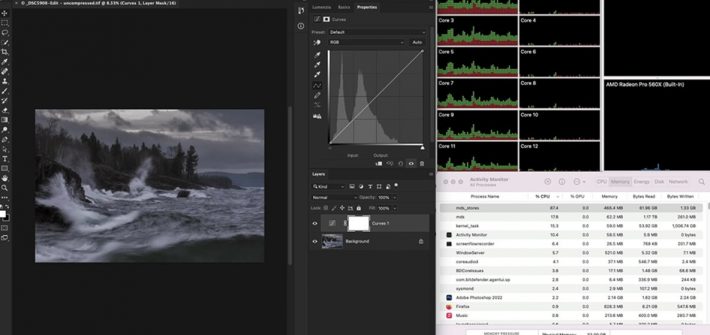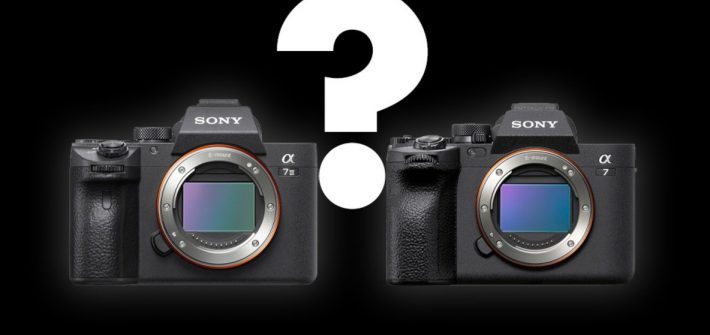Last month, Canon announced a tiny, lightweight ultra-wide angle prime lens for its full frame mirrorless cameras: the RF 16mm f/2.8 STM. Given how affordable it is, can it offer decent performance?
![]()

Last month, Canon announced a tiny, lightweight ultra-wide angle prime lens for its full frame mirrorless cameras: the RF 16mm f/2.8 STM. Given how affordable it is, can it offer decent performance?
![]()

A 24-70mm f/2.8 lens is the workhorse of choice for a wide variety of genres, offering a useful focal length range in tandem with a wide maximum aperture. However, most such lenses are quite expensive. Tamron’s 28-75mm f/2.8 Di III RXD is about half the price of first-party options, and this excellent video review takes a look at the kind of performance and image quality you can expect from it in practice.
![]()

It is no secret that both Lightroom and Photoshop can be resources hogs that do not run particularly quickly, though in fairness, they are also pushing around and manipulating a lot of data. Between your CPU, GPU, RAM, drives, and more, there are a lot of places where an upgrade could possibly speed things up, but of course, you do not want to waste your money. So, what components should you upgrade first? This helpful video will show you some useful tests to help you figure it out.

Sony kept fans waiting a long time before finally unveiling the a7 IV, and with the release date quickly approaching, a7 III users will be weighing whether it’s worth the upgrade. And what if you’re pondering your first a7 camera? Should you shell out the extra cash for the newer camera?

50mm lenses are a peculiar bunch, as you can spend anywhere from under $100 to well over $2,000 depending on the sort of parameters, performance, and image quality you are looking for. Canon, Nikon, and Sony all make 50mm f/1.2 lenses as their premium options, and this excellent video comparison takes a look at all three to see which comes out on top.